What Is Inside a Scanner?
Inside a scanner, you typically find several key components designed to capture images or documents and convert them into digital format. These components may include:
Glass Bed: This is where you place the document or image to be scanned. It provides a flat surface for consistent scanning.
Light Source: Most scanners have a light source, usually a fluorescent lamp or LED, which illuminates the document or image being scanned. This light reflects off the surface and helps the scanner to capture the image.
Optical System: This system includes lenses and mirrors that focus the reflected light onto the sensors. It helps to ensure clear and accurate scanning.
Sensor Array: This is a crucial part of the scanner. It consists of a CCD (Charge-Coupled Device) or CIS (Contact Image Sensor) array, which captures the reflected light and converts it into digital signals. These signals represent the image or document being scanned.
Analog-to-Digital Converter (ADC): The analog signals from the sensor array need to be converted into digital signals that a computer can understand. The ADC performs this conversion.
Control Electronics: These electronics manage the operation of the scanner, including controlling the movement of the scanning head (if it's a flatbed scanner) and coordinating the timing of the scanning process.
Interface: The interface allows the scanner to connect to a computer. This can be a USB port, Ethernet connection, or other types of interfaces depending on the scanner model.
Power Supply: Scanners require power to operate, so they have an internal power supply unit.
Overall, these components work together to capture high-quality digital images or documents from physical sources, allowing them to be stored, edited, and shared digitally.
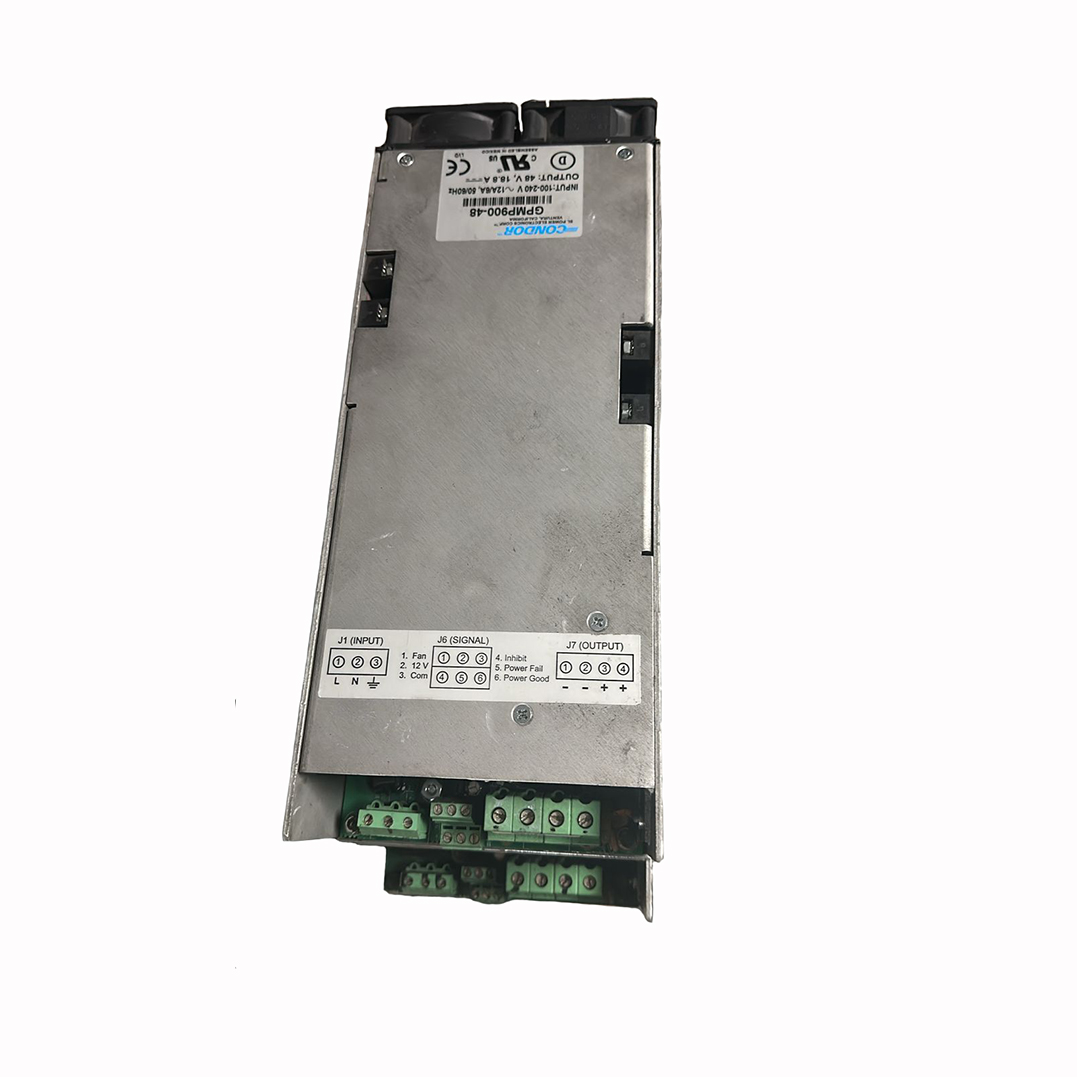
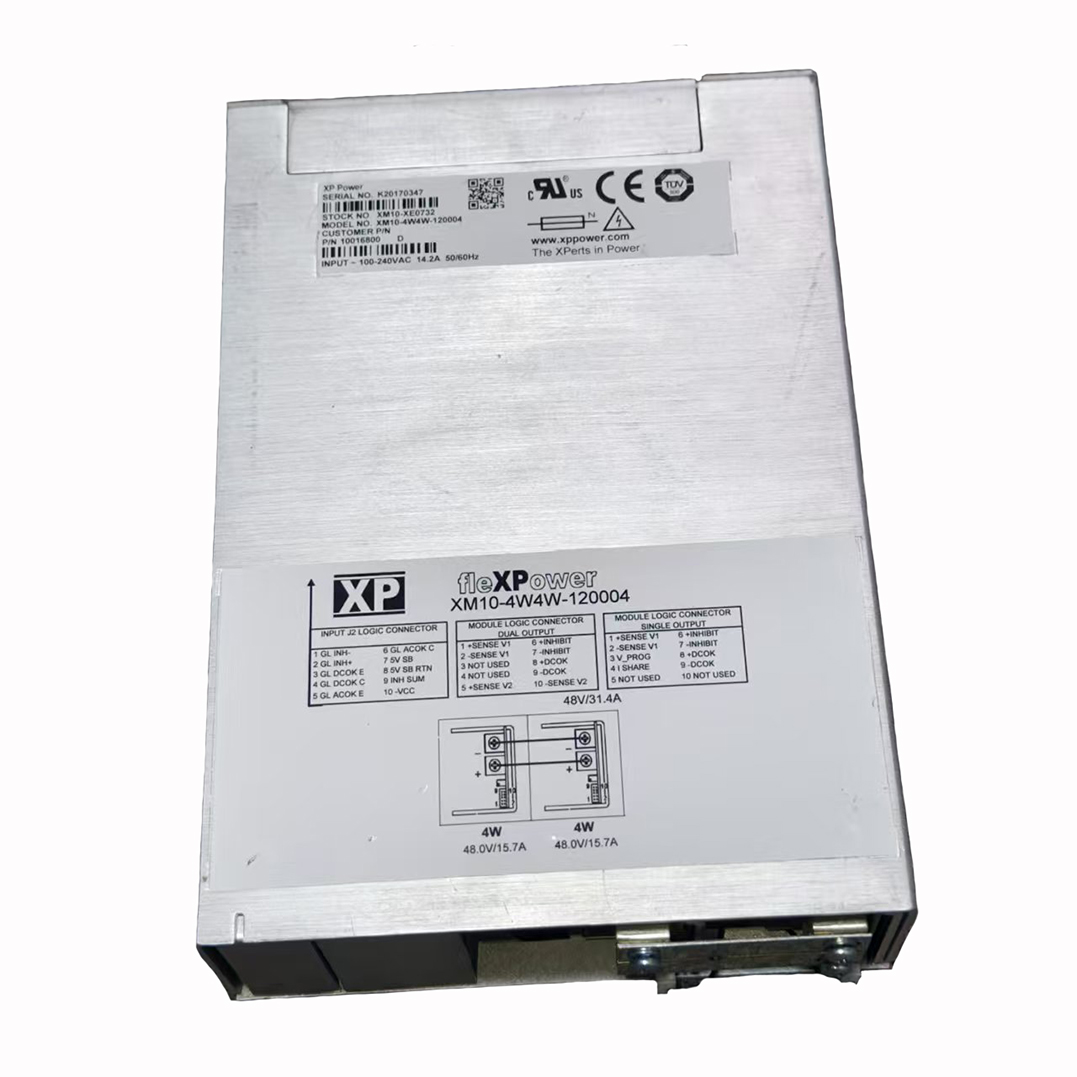
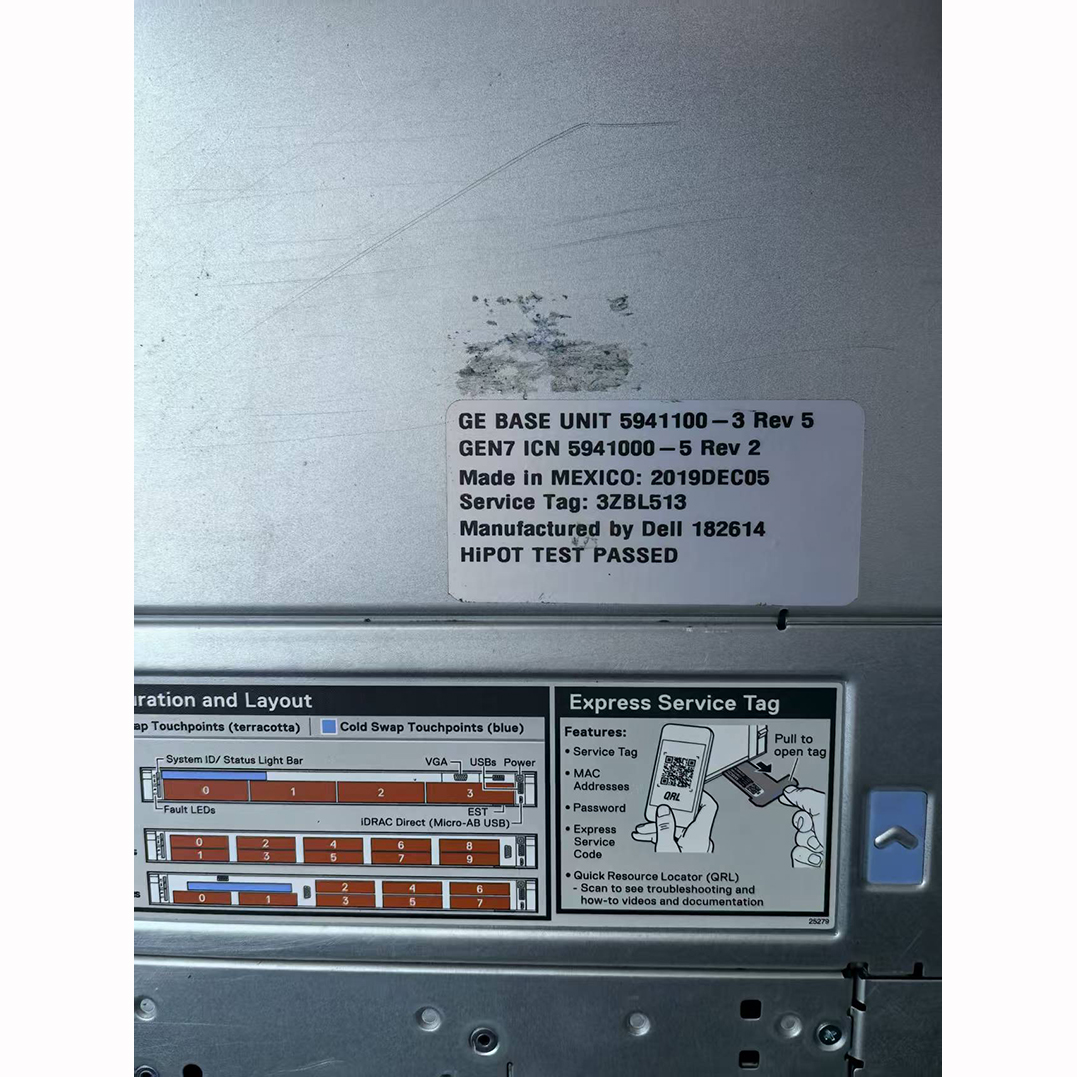
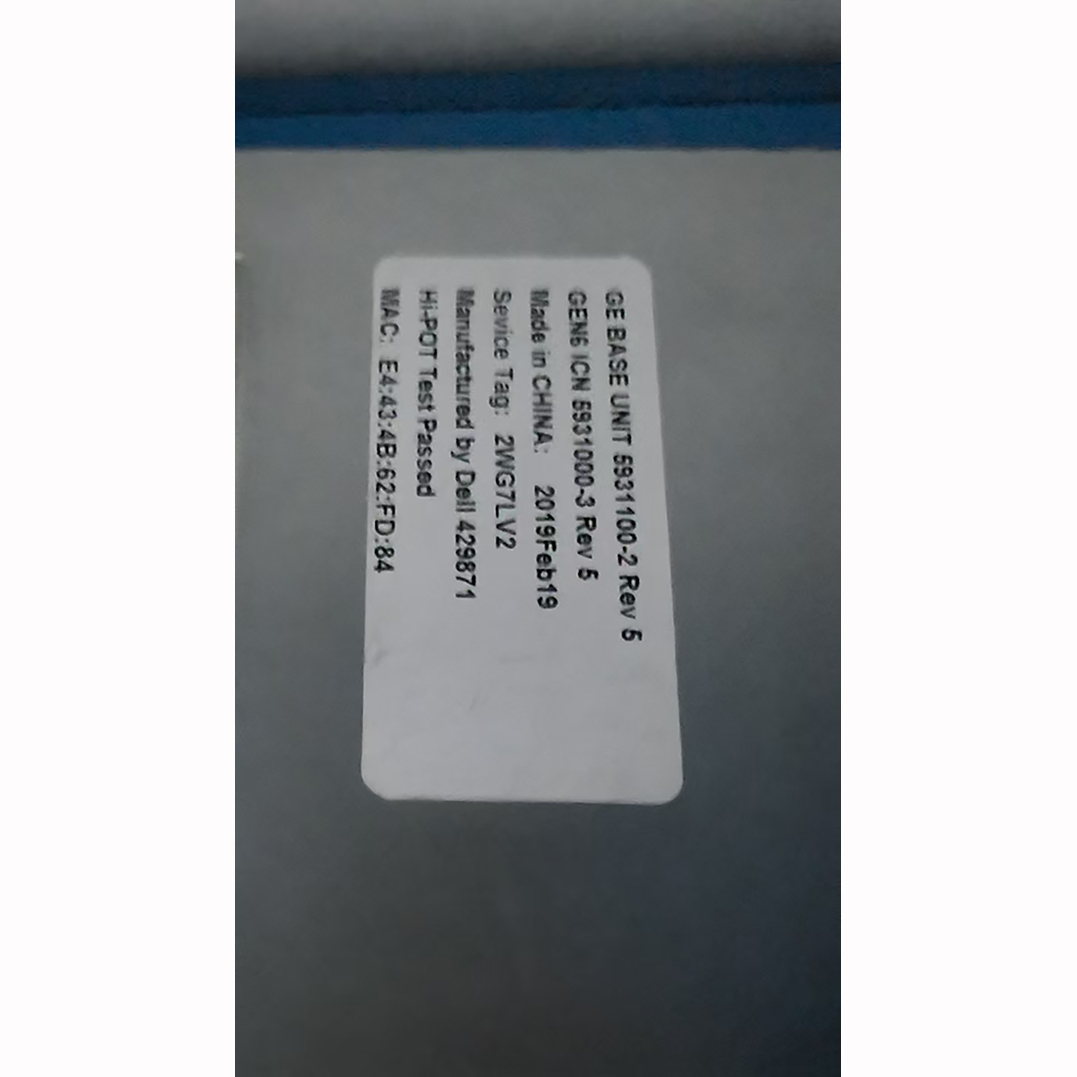
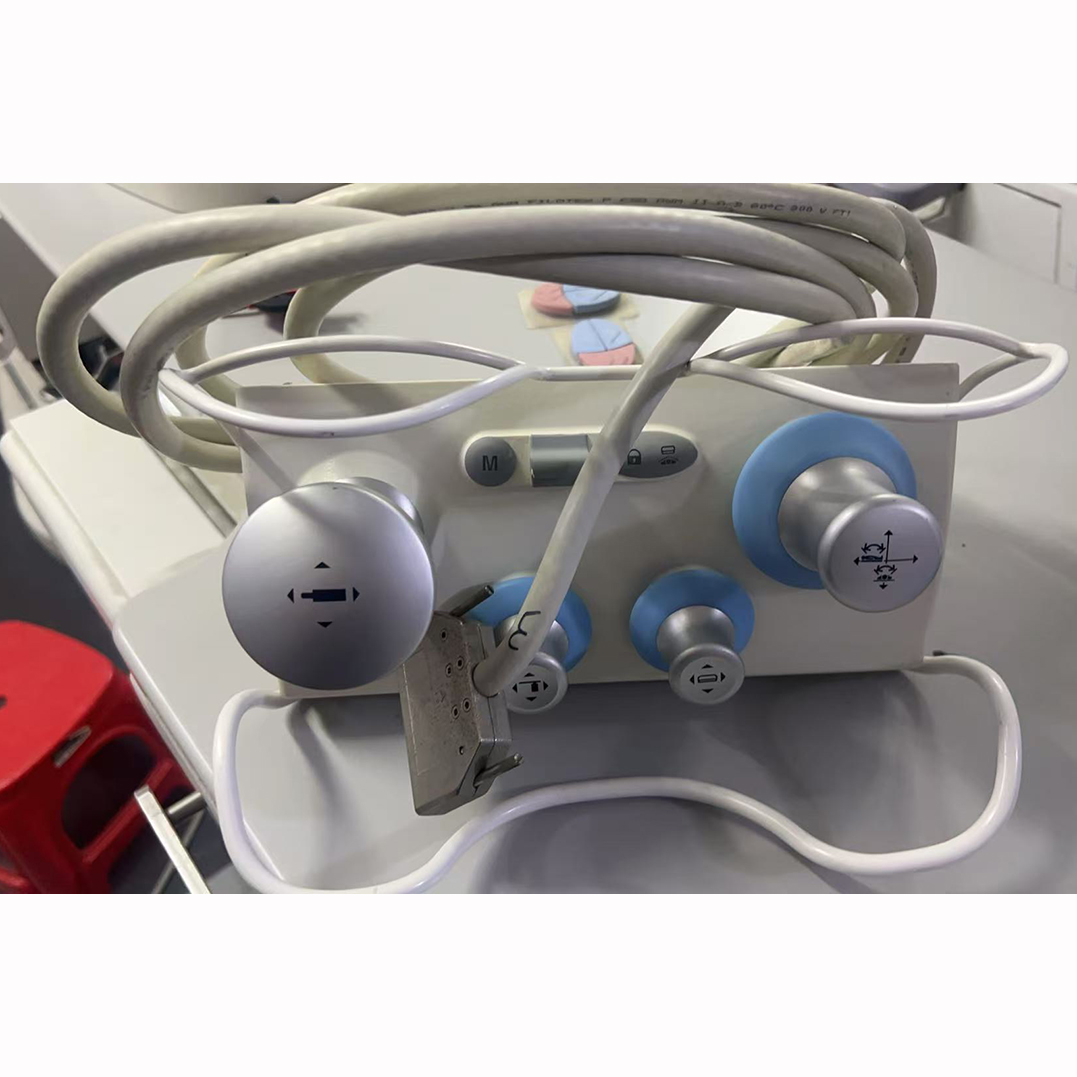

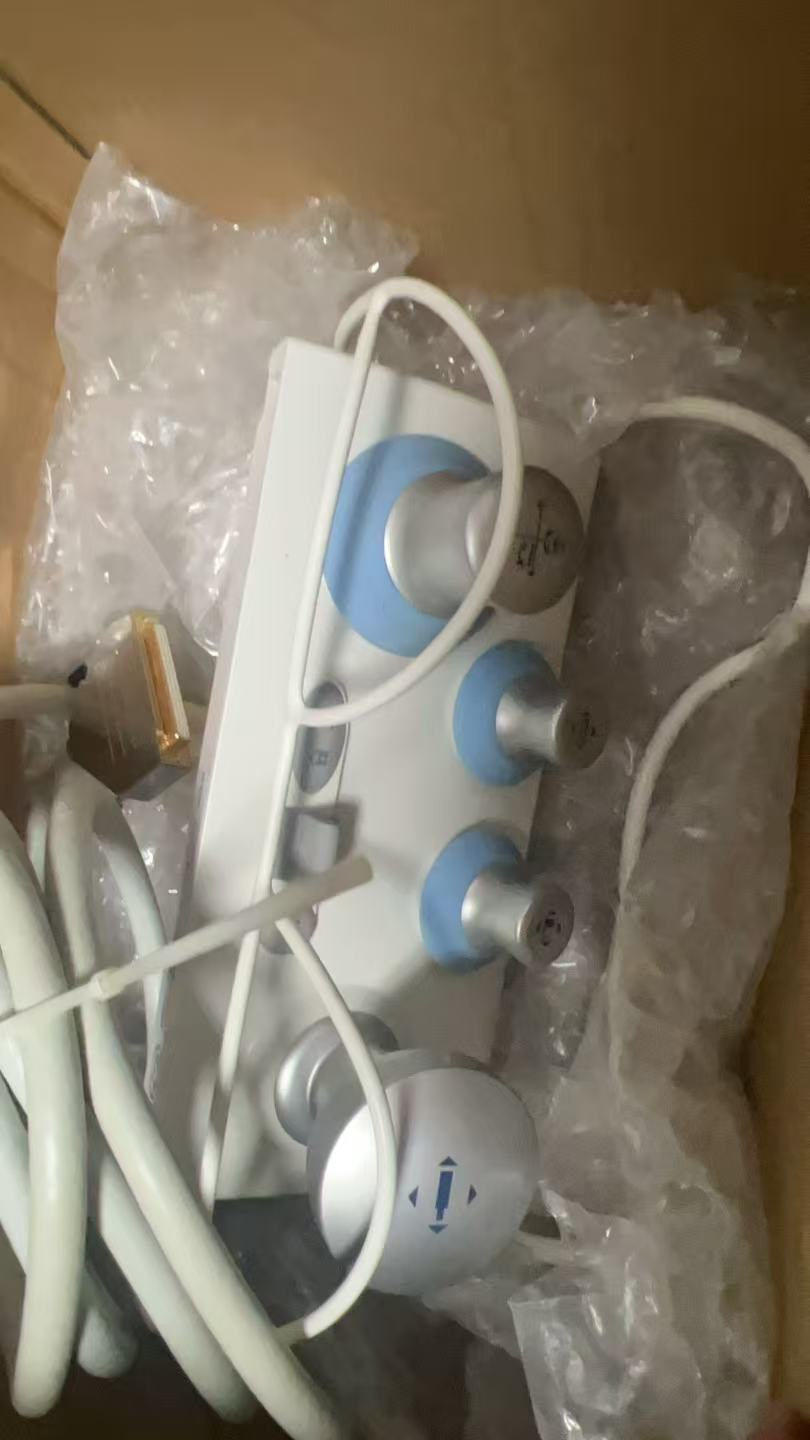
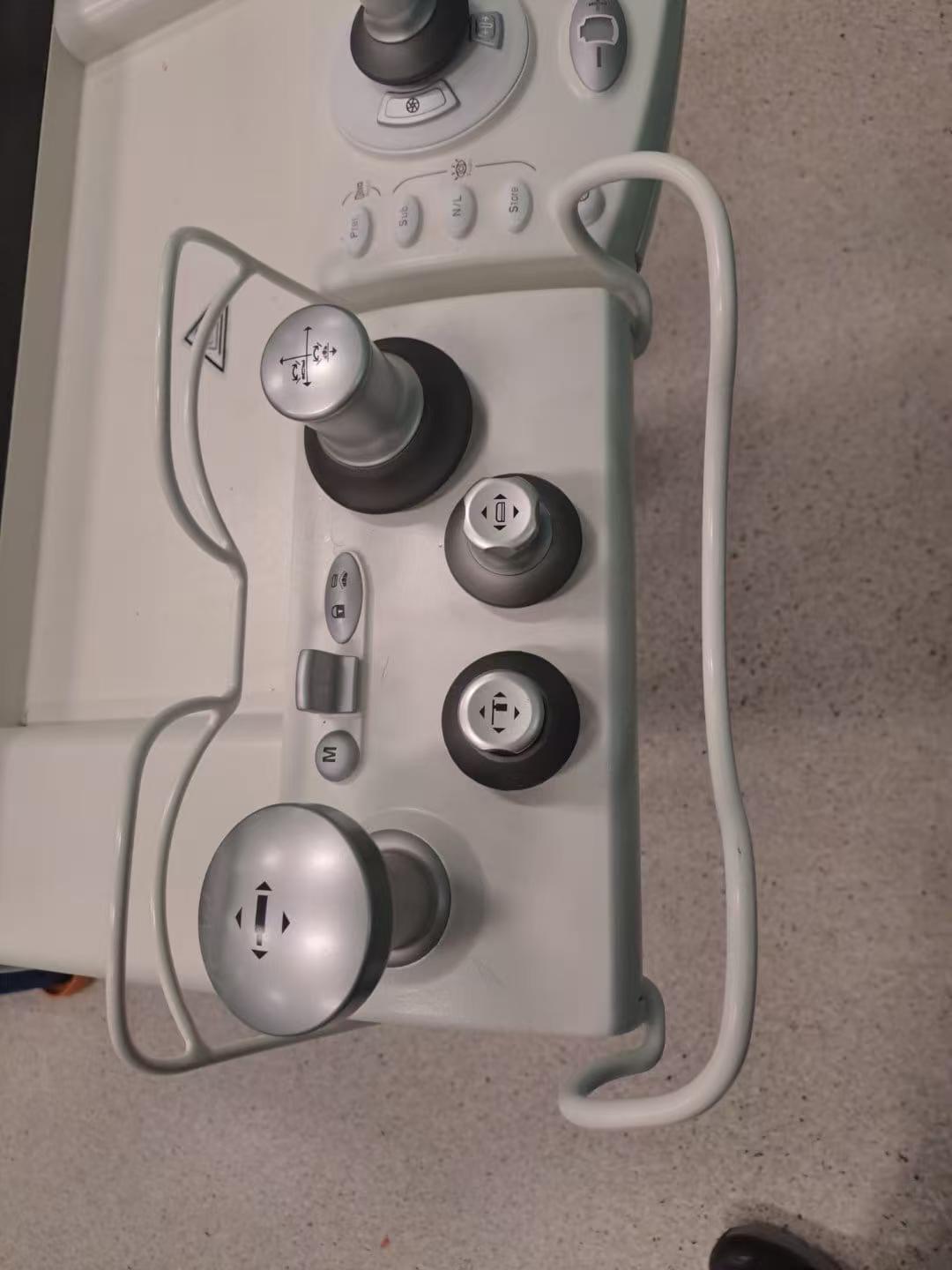
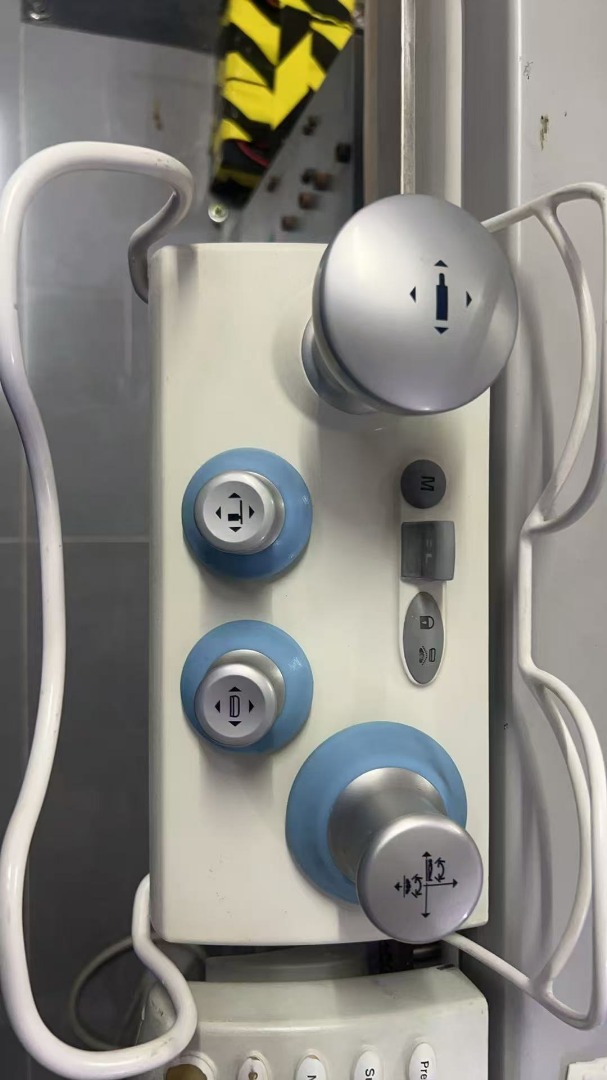
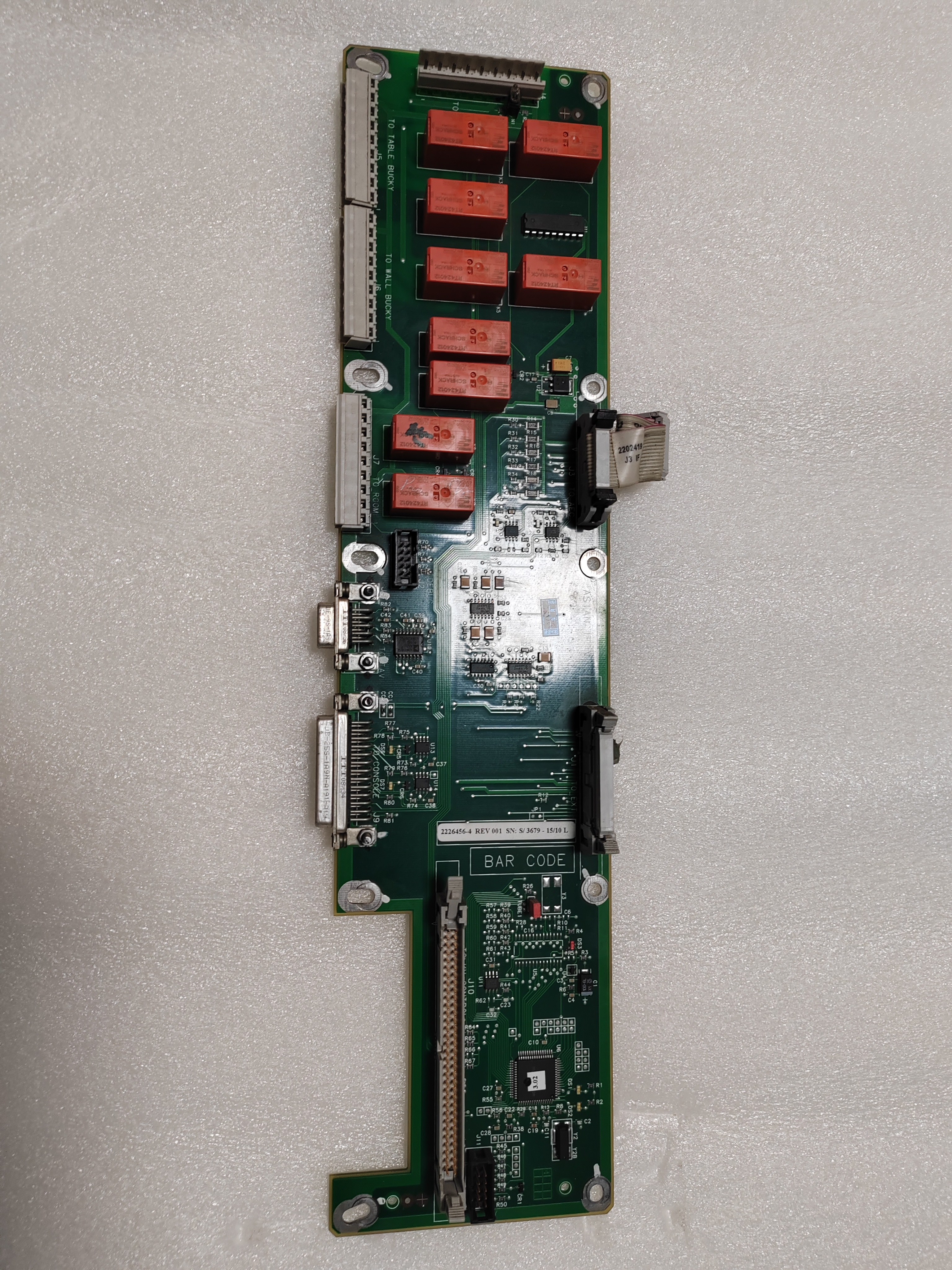
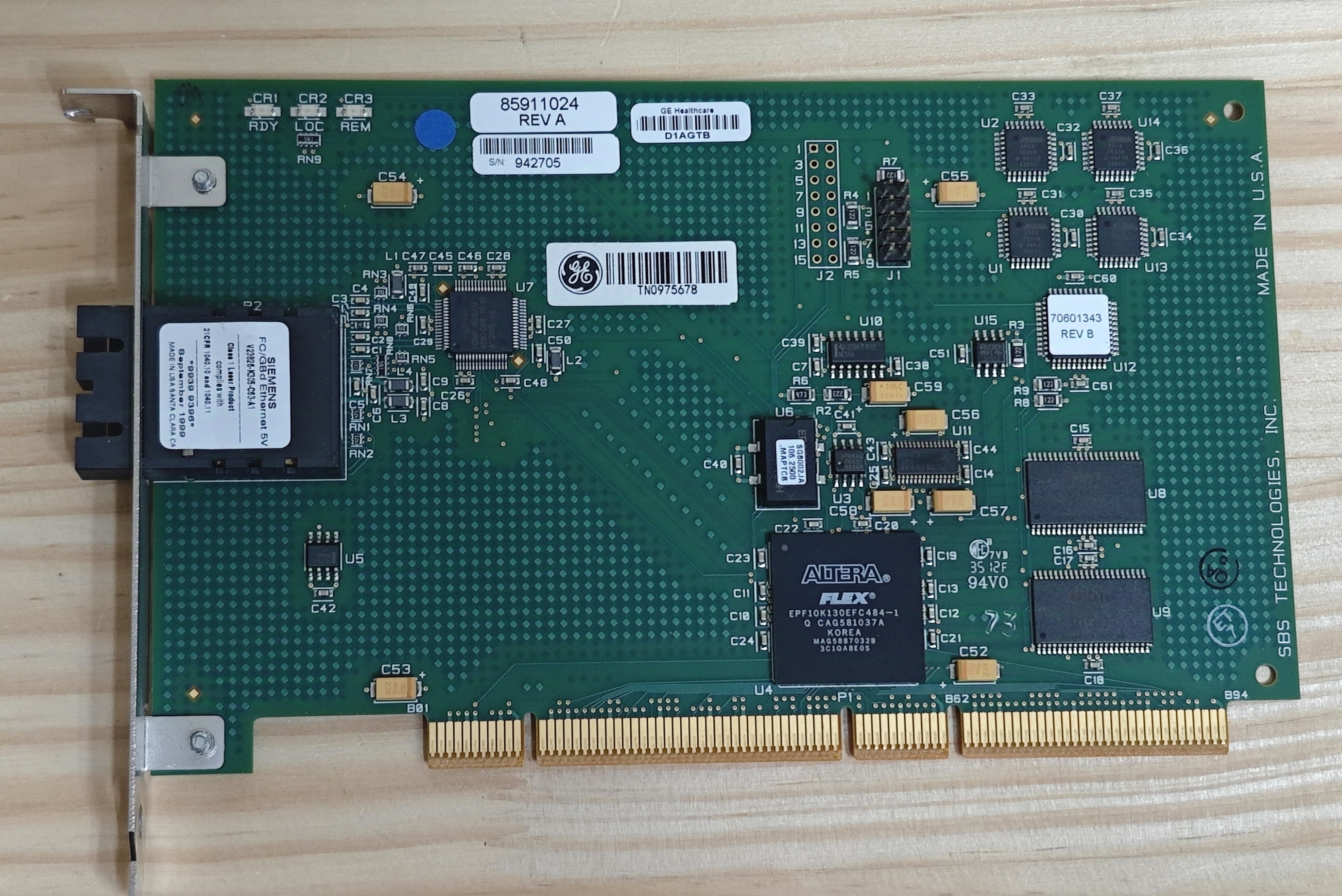
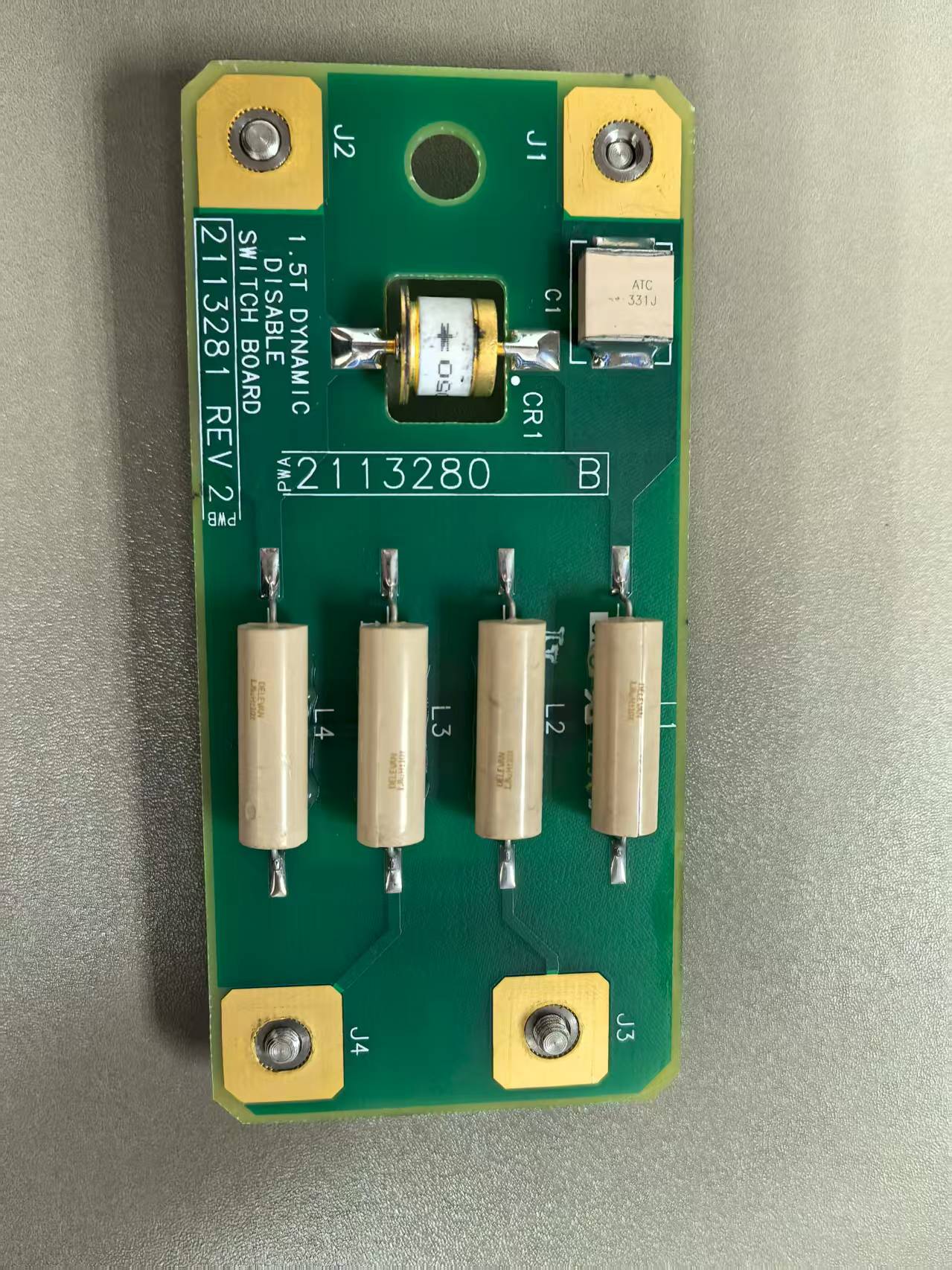



 Neil
Neil 
 Neil
Neil